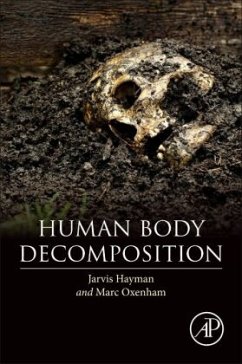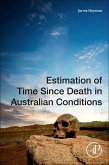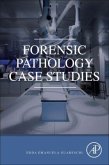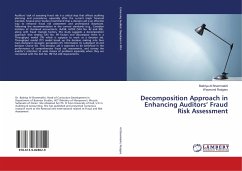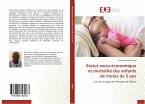The fate of the human body after death is a subject that has fascinated enquirers, both in the scientific and legal realms for millennia. However, objective research into the causes and nature of human decomposition has only taken place in the last two centuries, and quantitative measurement of the process as a means of estimating the time of death has only recently been attempted. The substantial literature concerning this research has been published in numerous scientific journals since the beginning of the nineteenth century. Human Body Decomposition expands on the current literature to include the evolving research on estimating the time of death. This volume details the process of decomposition to include early period after death when the body cools to ambient temperature, and when the body begins to putrefy. This process is significant because the estimation of the time of death becomes increasingly more difficult when the body begins to putrefy.Human Body Decomposition compiles a chronological account of research into the estimation of the time since death in human bodies found decomposed in order that researchers in the subject field can concentrate their thoughts and build on what has been achieved in the past.
"...represents a detailed review of the extensive body of research relating to TSD estimation of human decomposition. In just over 150 pages, the authors have managed to cover the copious methods proposed from the early hours of post-mortem through to the skeletal stage and beyond...a useful reference to a range of audiences including students, academics, pathologists, police and anyone involved in death investigations." --Australian Journal of Forensic Sciences

